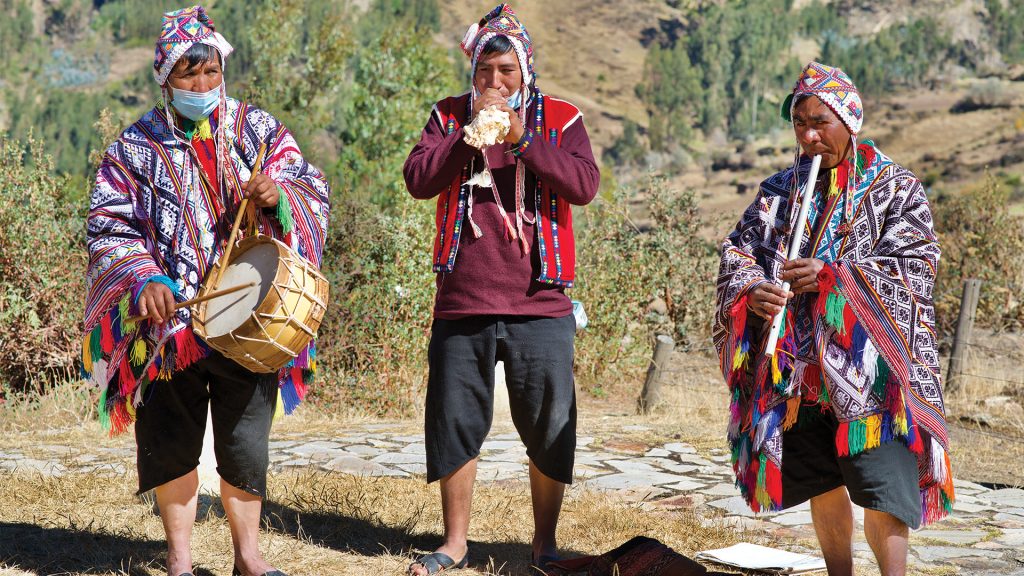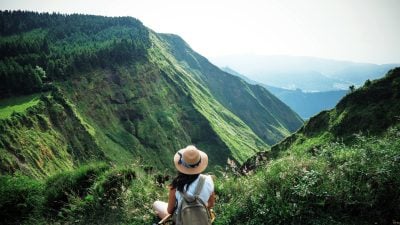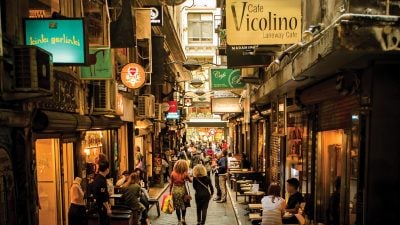Home / Latin America & Antarctica / New Ways of Visiting Cusco &am…

New Ways of Visiting Cusco & Machu Picchu
Since Machu Picchu was designated one of the New 7 Wonders of the World in 2007, tours have focused on archeology and history. What I didn’t realize before I started travelling around Peru in 2013 is how much Inca culture is alive and well today throughout the Cusco region.
Even before you arrive in Peru, your first introduction to Inca culture is likely the Quechua language. This is what the Inca spoke, and it’s still spoken by over three million Peruvians. The name Machu Picchu is Quechua: “machu” means old and “picchu” means mountain. The Inca’s linguistic influence still exists as far north as Pasto in Colombia and as far south as Puente del Inca in Argentina. In Peru, you’ll often hear Quechua words used for names of people, places, food, and clothes.
Once you arrive in Cusco, make sure that your guide speaks Quechua. That way, they’ll be able to translate the names of important places and foods for you. Even more importantly, they’ll be able to translate for you in rural communities. That’s really the key for understanding how Incan culture has survived with the modern Quechua people today.

There are several great places to learn about Quechua culture, some right in Cusco and others farther afield. In town, visit the Center for Traditional Textiles of Cusco to learn about weaving, which was the most important art form for the Inca. The finely woven clothes found on Incan mummies aren’t that different from the highest quality alpaca and vicuña wool garments you’ll see today. The textile centre has a second location in the nearby village of Chinchero.
Less than half an hour from Cusco, on the road to Pisac, is Awana Kancha, where you can see llamas and alpacas up close. This is the best place to hand feed South American camelids. You are not allowed to approach the llamas that graze at Machu Picchu, but at Awana Kancha it’s encouraged. Llamas were the beasts of burden for the Inca, carrying crops and goods up and over the highest mountains in the Andes. Most clothes and weavings you’ll see are made with alpaca wool, which is lighter and warmer than sheep’s wool.

The best place to learn what the Inca ate is the Parque de la Papa, near the town Pisac and only an hour from Cusco. You’ll be greeted with music by local musicians who play traditional Andean instruments like flutes, drums and a conch shell made into a horn, called a pututu. The villages that make up Parque de la Papa proudly cultivate over a thousand varieties of potato, conserving the most important Incan crop. Learn about medicinal herbs and enjoy lunch made with only Andean ingredients like quinoa, corn and, of course, potatoes.
The more I learn about Quechua culture, the easier it is for me to imagine Machu Picchu as a bustling town back during the height of the Inca Empire. I know what people wore as they walked through the narrow passageways. I can picture the llamas carrying loads of potatoes or alpaca wool along the terraces. The music they played echoes through the canyon, and I can almost smell their cooking when I walk through the homes in the residential area. The Inca weren’t just strong enough to conquer most of South America, their culture is strong enough to survive to today.
This article was originally published in No. 31 of Globetrotting Magazine.
Get more travel inspiration by email.
Subscribe
0 Comments

Get the latest travel trends & hear about the best deals on vacations around the world.
If you’re a Globetrotter, these are the newsletters for you!



